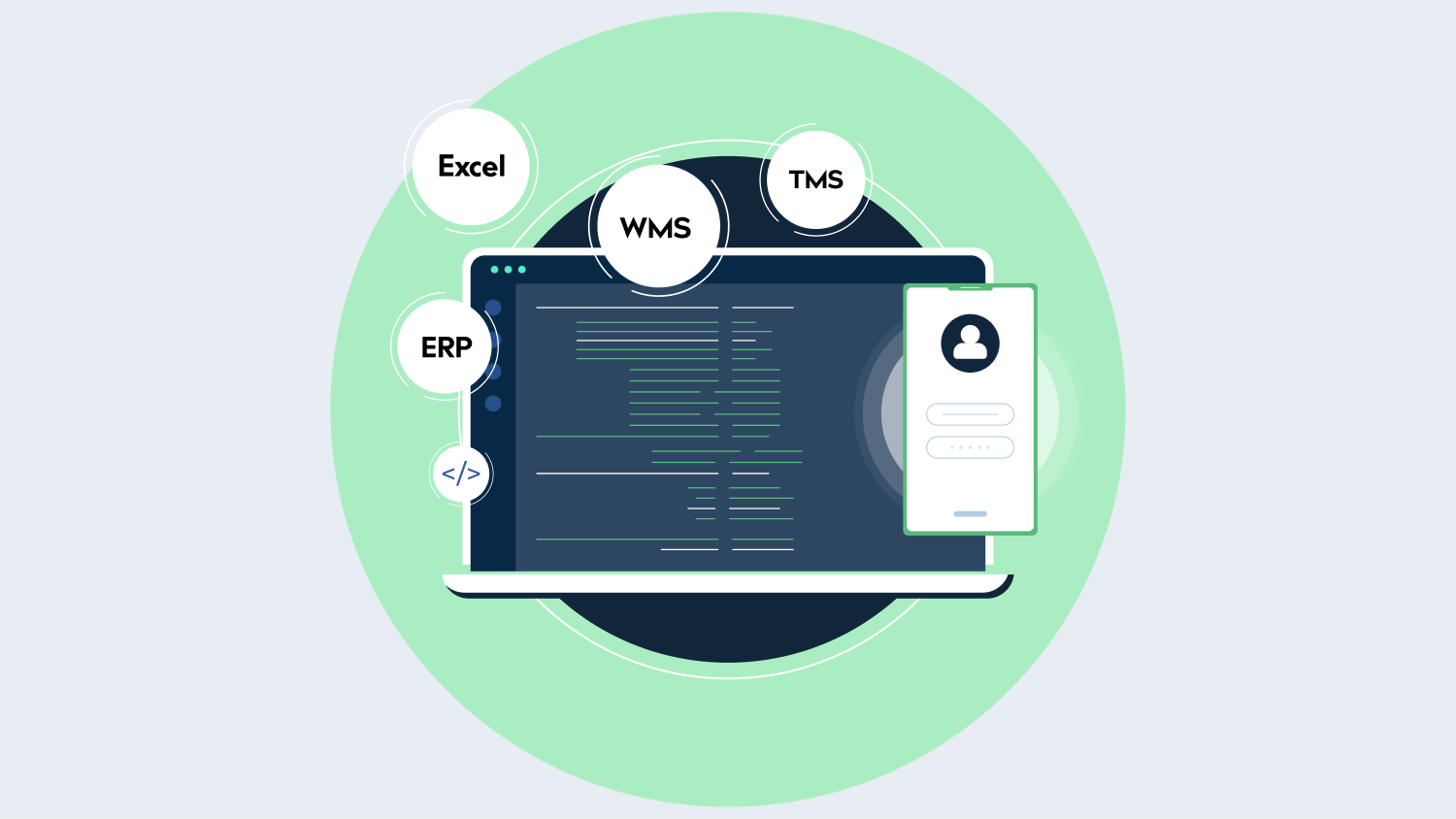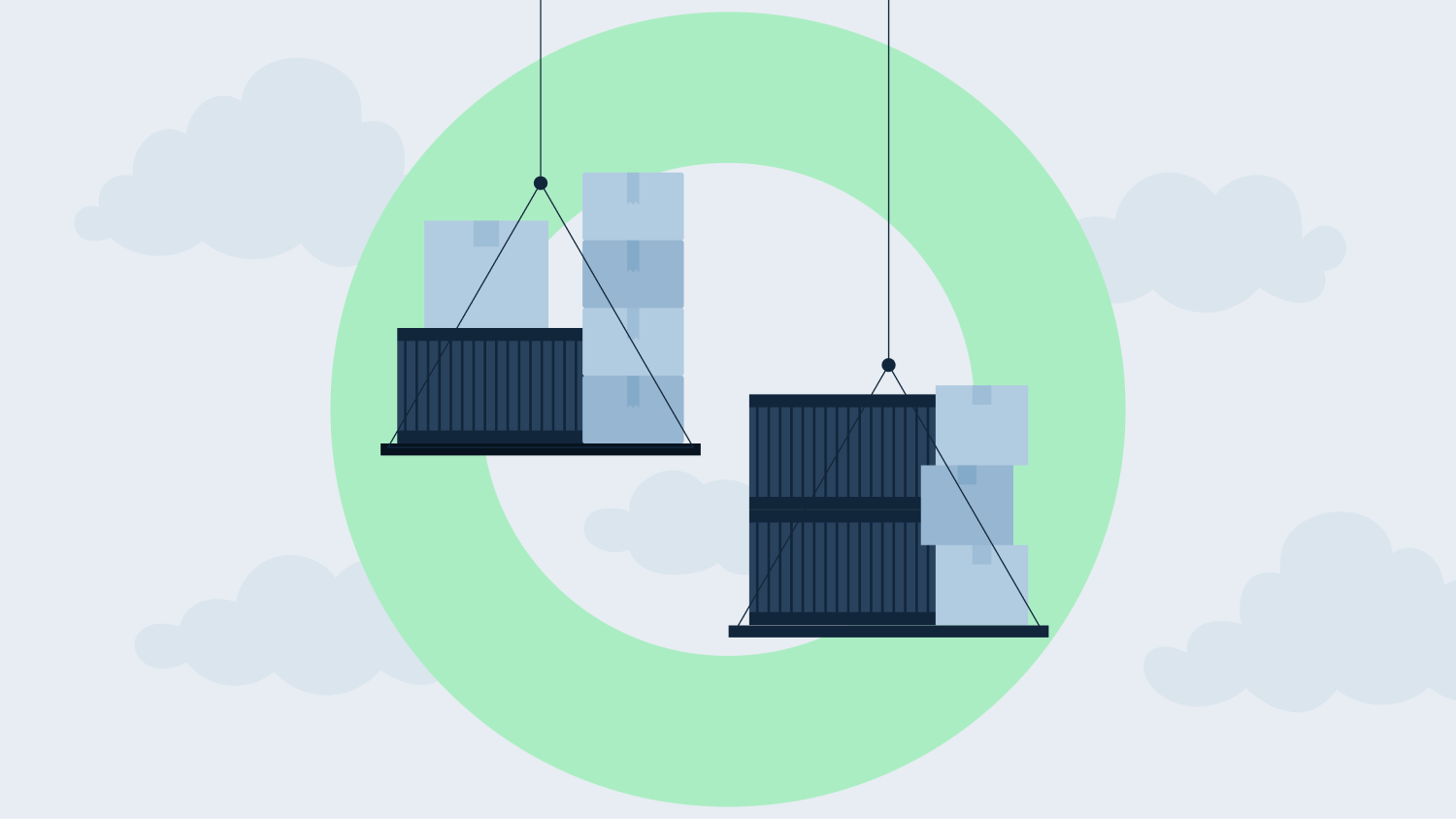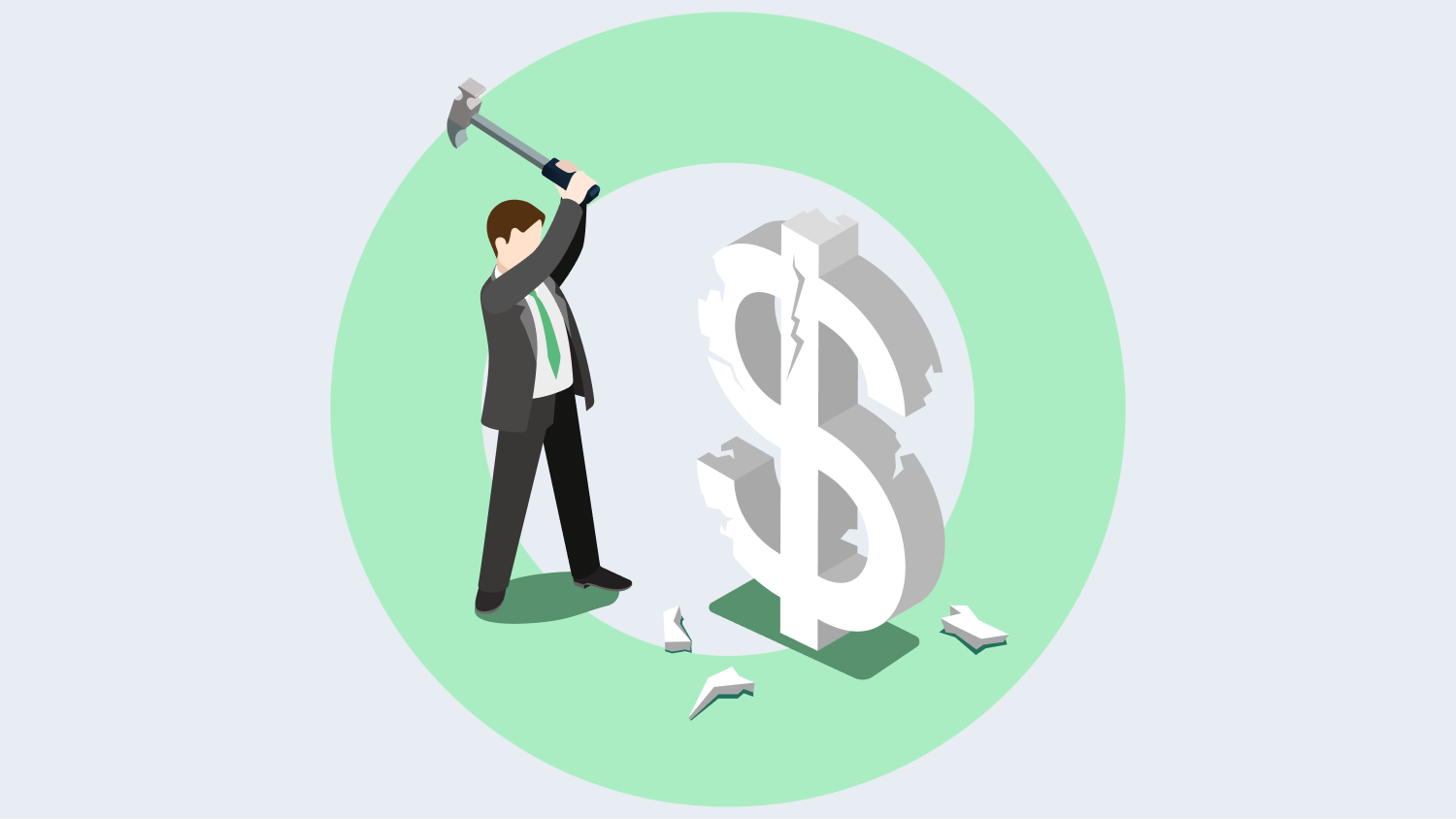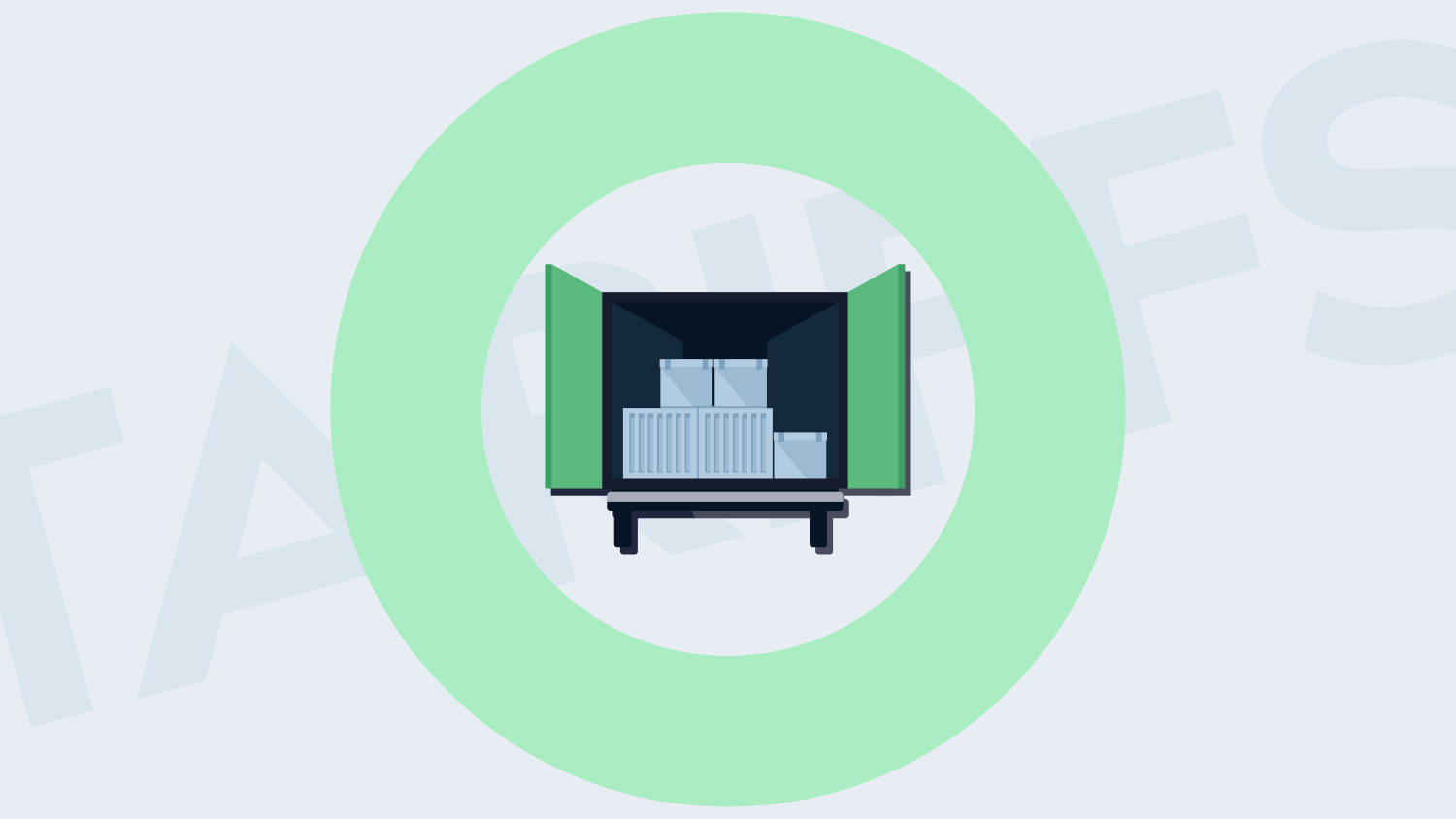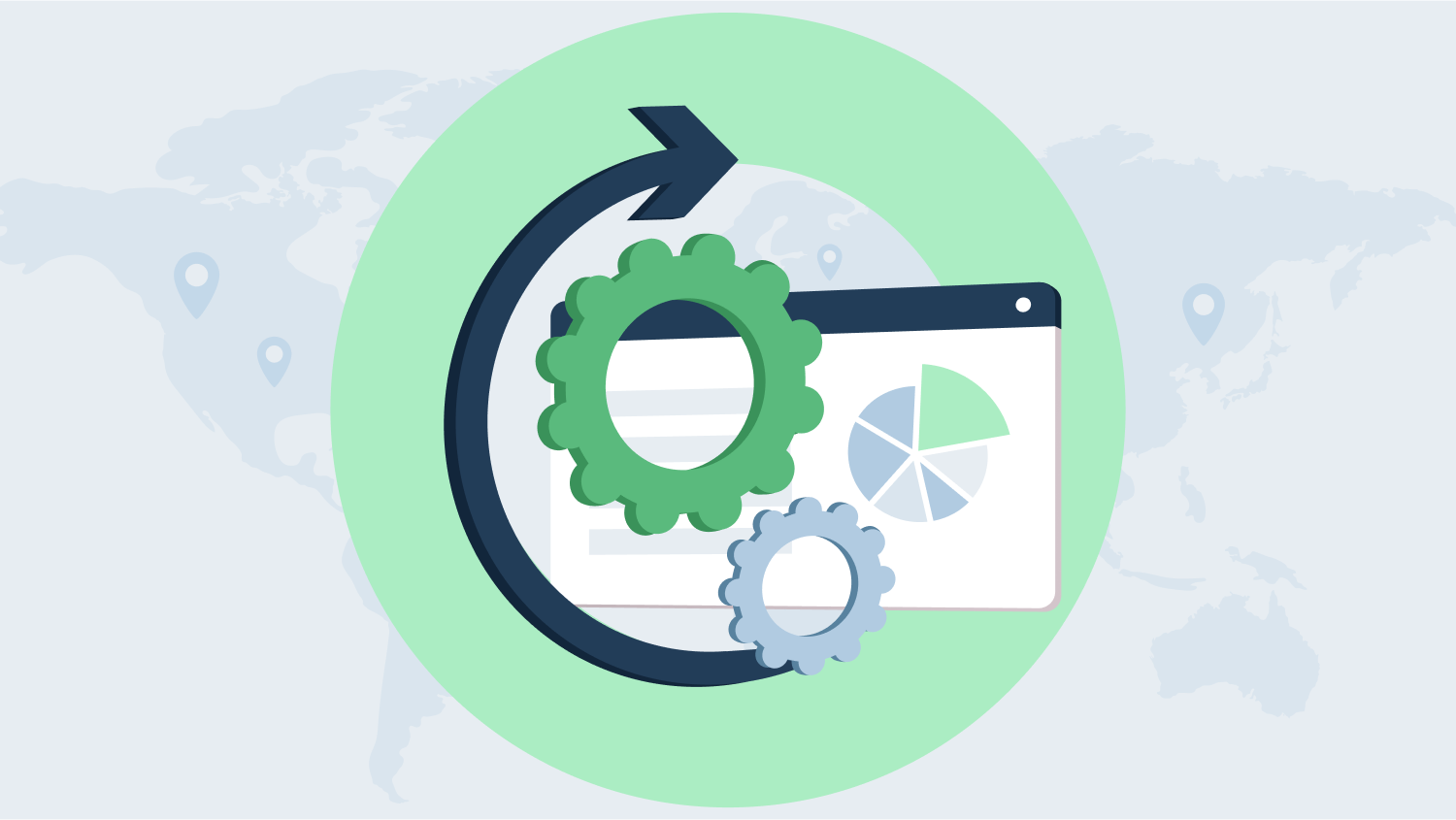Have you ever wondered why transport costs keep rising despite careful planning?
It’s a challenge many businesses face due to multiple reasons. However, with proper transport optimization, you can significantly lower the operational cost.
Transport optimization is all about finding the smartest way to use vehicles, routes, and schedules to save time and cut costs.
It ensures that goods move faster, with fewer delays and better fuel use. It’s like having a well-planned strategy to avoid unnecessary detours or idle time for vehicles. In fact, according to research, companies with optimized routes reduce cost by 20% to 30%.
In this article, we’ll explain how you can optimize your transportation routes to reduce overall costs. Keep reading.
What is Transport Optimization?
Transport optimization refers to how goods move from one place to another to ensure things get delivered faster, cheaper, and with fewer headaches.
It’s like figuring out the smartest way to get from point A to point B while avoiding unnecessary stops or wasted fuel. At its heart, it’s about helping you save time, cut costs, and boost efficiency.
Do you know AI-driven route optimization can reduce fuel consumption by upto 15%? This shows the importance of optimizing routes at your earliest.
Here’s a breakdown of what it involves and how it can help you:
- Smarter route planning: Instead of your trucks or vehicles taking long or congested routes, optimization helps them find the fastest, most efficient paths.
- Fuller loads, fewer trips: Why send out half-empty vehicles? Transport optimization ensures every trip makes the most of available space.
- Lower fuel costs: Efficient routes and full loads mean less fuel wasted—and that means lower costs for you.
- Real-time tracking: With GPS and software, you’ll know where everything is and can respond quickly to changes or delays.
- Better customer satisfaction: Faster deliveries keep customers happy and improve your brand’s reputation.
- Environmentally friendly: Reduced trips and fuel consumption mean fewer emissions, helping you lower your environmental impact.
With transport optimization, even small changes can make a big difference. If you do it correctly, your business will run smoothly, you’ll cut down unnecessary costs and give your customers better service.
Best Practices For Optimizing Transport
To optimize transportation, you need to be creative and use the right mix of strategies. Below are practical approaches you can actually use to make your operations more efficient, cost-effective and sustainable.
1. Leverage Route Planning Software with Real-Time Updates
Technology plays a crucial role in transport optimization. Route planning software identifies the most efficient paths by accounting for factors like traffic and weather. It ensures that deliveries arrive on time, and vehicles don’t waste fuel on unnecessary detours.
Key Features to Look For:
- Traffic-based rerouting: Adjusts in real time to avoid congestion.
- Weather prediction integration: Helps plan safe routes.
- Multi-stop route optimization: Ideal for complex delivery schedules.
Example: A logistics company using route optimization software reduced delivery times by 15%, saving significant fuel and labor costs.
Quick Link: Unlocking Efficiency in Last-Mile Delivery Route Optimization: Challenges & Solutions
2. Combine Orders to Maximize Truck Capacity
Efficient transportation is not just about routes, it’s about how you load your trucks. Combining multiple orders into a single shipment ensures your trucks travel full, reducing the number of trips required.
Why It Matters:
- Lowers operational costs by minimizing trips.
- Improves fuel efficiency and lowers emissions.
- Reduces wear and tear on vehicles, extending their lifespan.
3. Track Fuel Consumption and Idle Time
Monitoring fuel consumption is crucial in spotting inefficiencies. High fuel usage could indicate poor route planning or excessive idling.
| Metric | Before Optimization | After Optimization |
| Fuel per 100 miles | 12 Gallons | 9 Gallons |
| Idle Time (daily) | 2 Hours | 45 Minutes |
Actionable Steps:
- Install telematics to track idle time.
- Reward drivers for fuel-efficient habits.
- Identify routes that consume more fuel and adjust accordingly.
4. Train Drivers on Optimization Techniques
Drivers are on the front lines of transport, so their performance directly affects your outcomes. Investing in driver training ensures they understand the importance of optimization.
Focus Areas:
- Eco-driving practices: Avoid harsh braking and acceleration to save fuel.
- Use of GPS systems: Stay updated with route changes in real time.
- Handling customer interactions: Build good relationships by delivering exceptional service.
Pro Tip: Set up driver performance dashboards to track progress and motivate improvement through friendly competition.
5. Implement Preventive Maintenance to Avoid Downtime
Unexpected breakdowns can derail your schedule and result in costly repairs. Regular maintenance ensures your fleet stays in top shape.
| Task | Frequency | Impact |
| Tire Inspection | Monthly | Prevents blowouts and delays |
| Oil Changes | Every 5,000 miles | Keeps engines running smoothly |
| Brake Inspection | Every 10,000 miles | Ensures safety on the road |
Keeping up with maintenance also extends vehicle lifespan, meaning fewer replacements are needed.
6. Use Data Analytics to Continuously Improve
Data is your best friend when it comes to optimization. Regularly analyze metrics like delivery times, costs, and customer satisfaction to spot areas for improvement.
How It Helps:
- Identifies underperforming routes that need adjustment.
- Tracks fuel consumption trends to reduce waste.
- Monitors customer feedback to maintain high service levels.
Real-World Example: One company discovered that deliveries in a specific area were often delayed, leading them to adjust the schedule and increase customer satisfaction.
7. Communicate Proactively with Customers
Good communication is essential for smooth deliveries. When customers receive real-time updates, it builds trust and reduces frustration.
Best Practices:
- Send tracking links and delivery windows via SMS or email.
- Notify customers immediately if delays occur.
- Provide self-service tracking options on your website.
Pro Tip: Automate delivery updates to save time and keep customers informed.
8. Plan Ahead for Seasonal Demand
During peak seasons like holidays, deliveries can get chaotic. Anticipating demand allows you to prepare in advance, preventing delays and customer complaints. With proper routing, you can increase on-time deliveries by over 90%.
Steps to Manage Seasonal Peaks:
- Hire temporary drivers to handle extra orders.
- Use historical data to predict peak days and times.
- Stockpile inventory to avoid delays during high demand.
Example: Retailers often double their fleet during the holiday season to ensure smooth deliveries and maintain customer satisfaction.
Let Sophus X Optimize Your Transportation
Struggling to cut transportation costs or ensure smooth deliveries? Managing routes, reducing empty runs, and improving fleet efficiency can feel overwhelming. That’s where our Supply chain network design software steps in with Transportation Routes Planning.
We specialize in optimizing transportation routes, helping you make the most of your assets, reduce operational costs, and improve delivery performance. Our expertise ensures transportation cost savings of up to 10-15% and improved service levels, all while increasing asset utilization.
Ready to take control of your transportation? Contact us today.
Case Study: How Optimization Enabled Tsingtao Beer’s IBP Process and Achieved Tens of Millions in Savings



